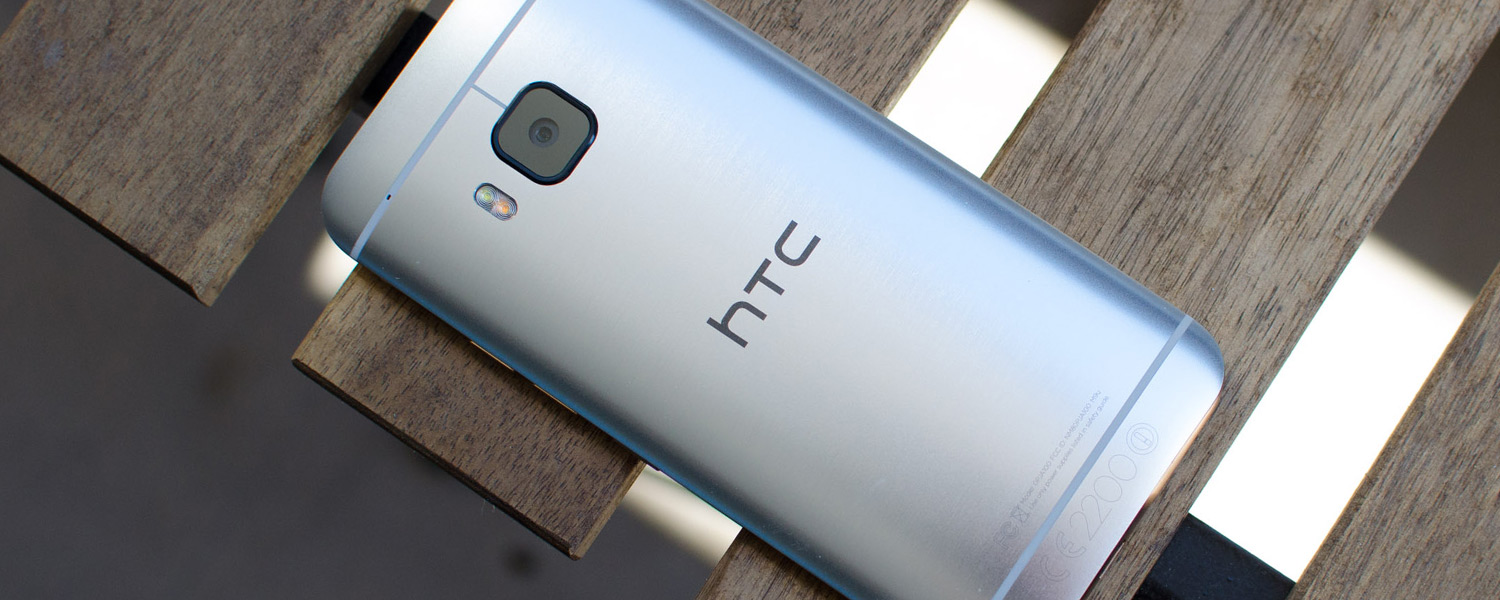Hardware Overview: Meet the Snapdragon 810
The main new piece of hardware we're seeing in the One M9 is Qualcomm's Snapdragon 810 SoC, which is currently their highest-end chip on the market. There were a few mumblings before the launch of the Samsung Galaxy S6 that suggested the Snapdragon 810 is a hot SoC, causing thermal issues for Samsung's latest design, although it hasn't seemed to phase HTC with its metal-bodied flagship.
The Snapdragon 810 is the first high-end SoC from Qualcomm in several years to use ARM designed CPU cores, rather than custom in-house cores from their Krait line. This is because Qualcomm was keen to get in on the 64-bit action, and although they hold an ARMv8 license that allows them to produce custom 64-bit ARM cores, their designs weren't quite ready for release in time for the Snapdragon 810 moving to a sampling phase.
As such, the Snapdragon 810 features a CPU design similar to other high-end ARMv8 SoCs: 4+4 big.LITTLE, featuring four ARM Cortex-A57 cores clocked at 1.96 GHz, and four ARM Cortex-A53 cores clocked at 1.56 GHz. Thanks to Global Task Scheduling, the Snapdragon 810 can act as a true eight-core processor, with a CCI-400 interconnect providing cache coherency between the two clusters of cores.

If you're not familiar with ARM big.LITTLE designs, the smaller cores (in this case the A53s) are included for low-power, high-efficiency tasks. When more power is required for high-performance tasks, the second cluster of cores (the A57s) will either be exclusively used, or used in tandem with the A53s, depending on how multi-threaded the task is. While the A57s are faster than the A53s clock for clock - and in the case of the Snapdragon 810, clocked higher as well - they use significantly more energy, making them less suitable for low-performance tasks.
This is a completely different design to what Qualcomm has used in the past. In the Snapdragon 805, the previous-gen flagship, Qualcomm opted for a straight quad-core CPU cluster from their in-house ARMv7 Krait 450 line, clocked at 2.65 GHz. Although the clock speeds across the cores in the Snapdragon 810 are lower, the performance overall should be higher thanks to greater performance per clock in the latest ARMv8 designs, and the inclusion of more cores.
We can expect to see Qualcomm's in-house ARMv8 design, Kyro, in the upcoming Snapdragon 820.
The GPU in the Snapdragon 810 is the usual custom Adreno design from Qualcomm, this time the Adreno 430. As usual, Qualcomm hasn't released many details on the Adreno 430, although they claim a performance improvement of 30% over the Adreno 420 in shader-heavy workloads. Clock speeds should be the same as the previous GPU, at 600 MHz.
Qualcomm has also upgraded the DSP to a Hexagon V56 at 800 MHz, which is used for low power tasks such as sensor management and audio decoding. The Snapdragon 810 comes with 4K HEVC/H.265 encoding and decoding support for the first time, as well as an upgraded dual ISP setup supporting 1.2 GP/s of bandwidth.
Memory support is listed as dual-channel 32-bit LPDDR4-1600, providing 25.6 GB/s of bandwidth. Although this is the same bandwidth memory as the Snapdragon 805, the move to LPDDR4 brings a 20% reduction in power. The One M9 comes with 3 GB of RAM to go with 32 GB of internal storage, of which around 21 GB is usable out of the box. There's also microSDHC card support in case you feel 32 GB of storage is a little tight on a modern flagship.
The Snapdragon 810 supports LTE Category 9 with Carrier Aggregation, which is overkill for today's mobile networks, but does support up to 450 Mbps downstream and 50 Mbps up. There's also the usual array of other connectivity features, including dual-band (2.4 and 5.0 GHz) Wi-Fi 802.11a/b/g/n/ac, Bluetooth 4.1, and A-GPS+GLONASS. The Snapdragon 810 can support Wi-Fi 802.11ad, though it's not enabled in the One M9 as it requires extra chips; however the M9 does come with NFC and infrared.
As for LTE support, there is one variant of the One M9 (that I know of), which supports FDD bands 1, 3, 5, 7, 8, 20 and 28, as well as TDD bands 38, 40 and 41. Combined with HSPA+ support on the 850, 900, 1900 and 2100 MHz, this variant supports most networks across Europe, Africa and Asia Pacific, with limited support for the Americas. I suspect a second variant will be produced to cover this region.


